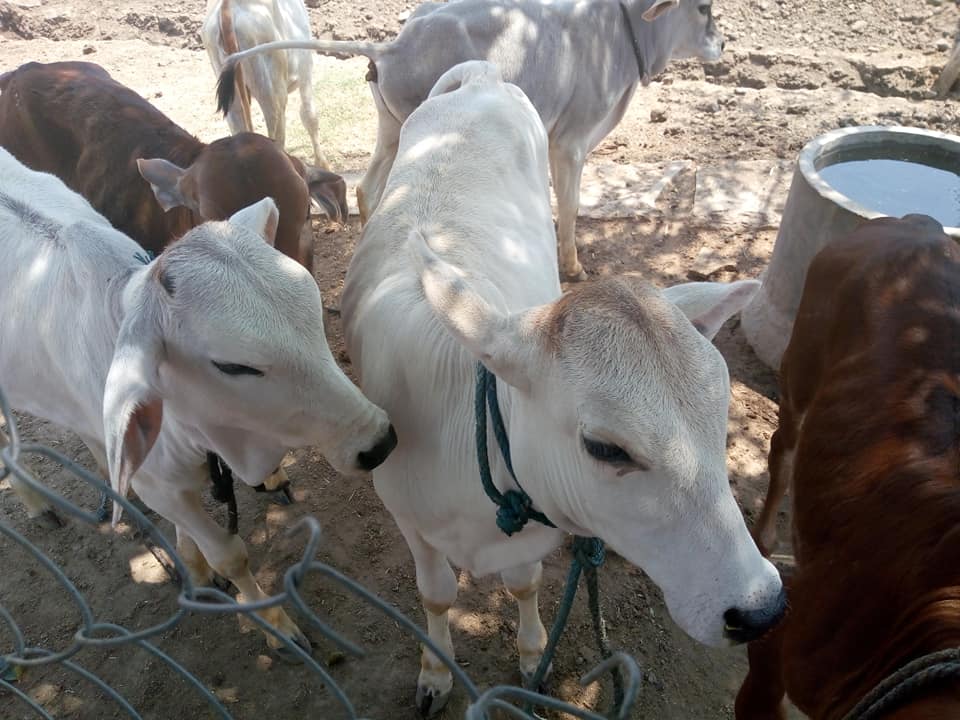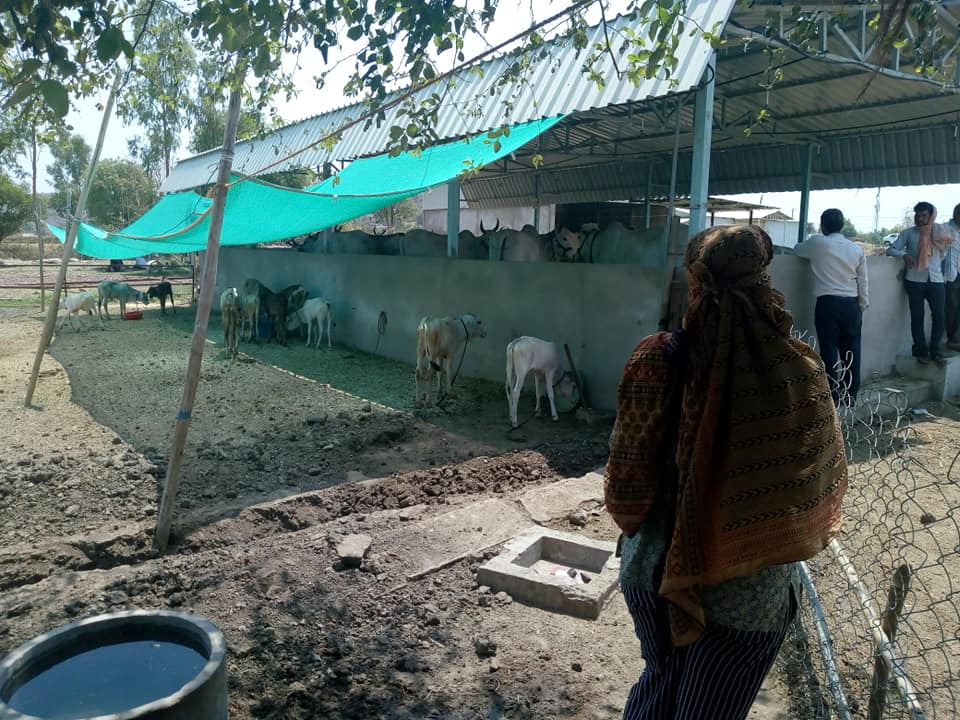
Travelling means not only visiting nice places and touristic attractions, it also means discovering new cultures and learning something valuable every time we can.
I really thank Attila Kovacs to share with us his thoughts about a visit he made to a Jain dairy farm in India.
A couple of words about Jainism
Jainism is a religion with its origins in the prehistory of India, still practiced today by several million people.
Jain monastics and lay people follow the same path of nonviolence, truth, non-stealing, chastity, and non-possession or non-possessiveness, but to different degrees.
The idea of nonviolence involves being strictly vegetarian and striving to avoid harming any living thing. The Jain diet excludes most root vegetables and certain other foods believed to be unnecessarily injurious.
Jains are strictly vegetarian, but most of the times not vegan, as dairy animals and products have great cultural and religious importance.
At the farm
Attila visited an Indian dairy farm run by a Jain family. The owner didn't know they were vegans and was happy to show them around, proudly telling uthem of the workings of the operation and his plans to increase the herd from 40 to 200 cows.
The idea behind the farm is that it will be cruelty free and sustainable. They will make full use of the manure from the cows by producing compost to grow vegetables and fodder to feed the animals. Even the urine will be used in Ayurvedic medicines to treat conditions such as diabetes and heart disease.
A biogas plant was also being constructed to provide cooking gas for local villagers, but the main business of the farm will be "ahimsa milk" (which means nonviolent milk) sold at a premium as an animal cruelty free product. The local temple is already a customer.

When they asked what will happen to the male calves, the owner was not really sure. He had no definite plans, only that he would use some of them to plough the fields.
From what they saw there, it is clear that anybody visiting, especially from a Western country, would be impressed with the way the cows are looked after and how relatively little they are exploited. The lactating females have barely noticeable udders, unlike their mastisis-riddled counterparts in Europe and North America who can barely walk. They are not artificially inseminated nor forced to produce milk all year round as they are given a three month break between pregnancies.
They are even allowed some contact with their calves, who are kept in an enclosure beside the cow sheds and are allowed to suckle from their mothers twice a day. The owner and his daughter appear to have genuine affection for their cows and without any doubt, this is as good as it gets for any farmed animals. It is unlikely that there are better looked after dairy cows anywhere in the world.

Is it cruelty free?
Is this farm as sustainable as claimed, or as eco friendly? And is it ethically justifiable?
In reality these animals are just commodities, they are still slaves, property to be exploited for profit. They are just "livestock" like farmed animals anywhere else. The calves are kept apart from their mothers and weaned onto solid food unnaturally quickly. Whatever the owner says or thinks, it will be impossible for him to not dispose of the surplus calves when the next generation is born. Even if he keeps all the females born in the next couple of years to grow the herd, most if not all of the males will have to be sold on and will end up going to slaughter. And excess females too, once the herd reaches the desired size.
Many Indians think that unwanted calves or older cows whose best days are behind them end up living out their lives at a Goshala. These are (mainly) government funded "retirement homes" for cows, designed to address the problem. But they are inadequate as no matter how many are established they could never cope with the vast numbers of cows concerned. They also don't appear to care about the males. If they tried to take in every unwanted male calf in this vast country it would soon begin to drain the entire economy. So in order not to lumber themselves with an impossible task, males are conveniently ignored.
Is it sustainable?
As for the the other claims of sustainability and good environmental practices? Well, what if instead of a dairy some of the land here was used to grow soya beans to make plant milk? It would be so much more productive and the left over plant matter could be composted to use as fertilizer while excess soya beans could be used to produce biofuel.
As far as Ayurvedic medicines are concerned, many of the diseases they are claimed to treat occur as a consequence of consuming animal products. Needing to use animals to treat conditions caused by using animals is ridiculous and hypocritical.
So enslaving and using another sentient species is completely unnecessary and unethical, for whatever reason. If a farmer wants to be compassionate, ethical and do more than just make a profit, he should not be trying to use blurred, vague and inconsistent justifications to try and rationalize the exploitation of cattle.
Conclusions
This experience that Attila lived at the dairy farm in India made me really wonder which is the path we have to follow to achieve animal liberation... should we promote this kind of farms for a while, or should we just look for the abolition of all kind of exploitation?
I honestly don't know the answer

Thankyou for the contribution Lambert.
They are still slaves…products….no matter what pretty label you pin on it.
Agreed to what you are saying. I think it’s high time that dairy alternatives like coconut soya bean, almonds need to be produced and promoted in larger scale and people start switching to these alternatives instead of dairy. Enslaving animals for human benefit is cruel, this should stop.